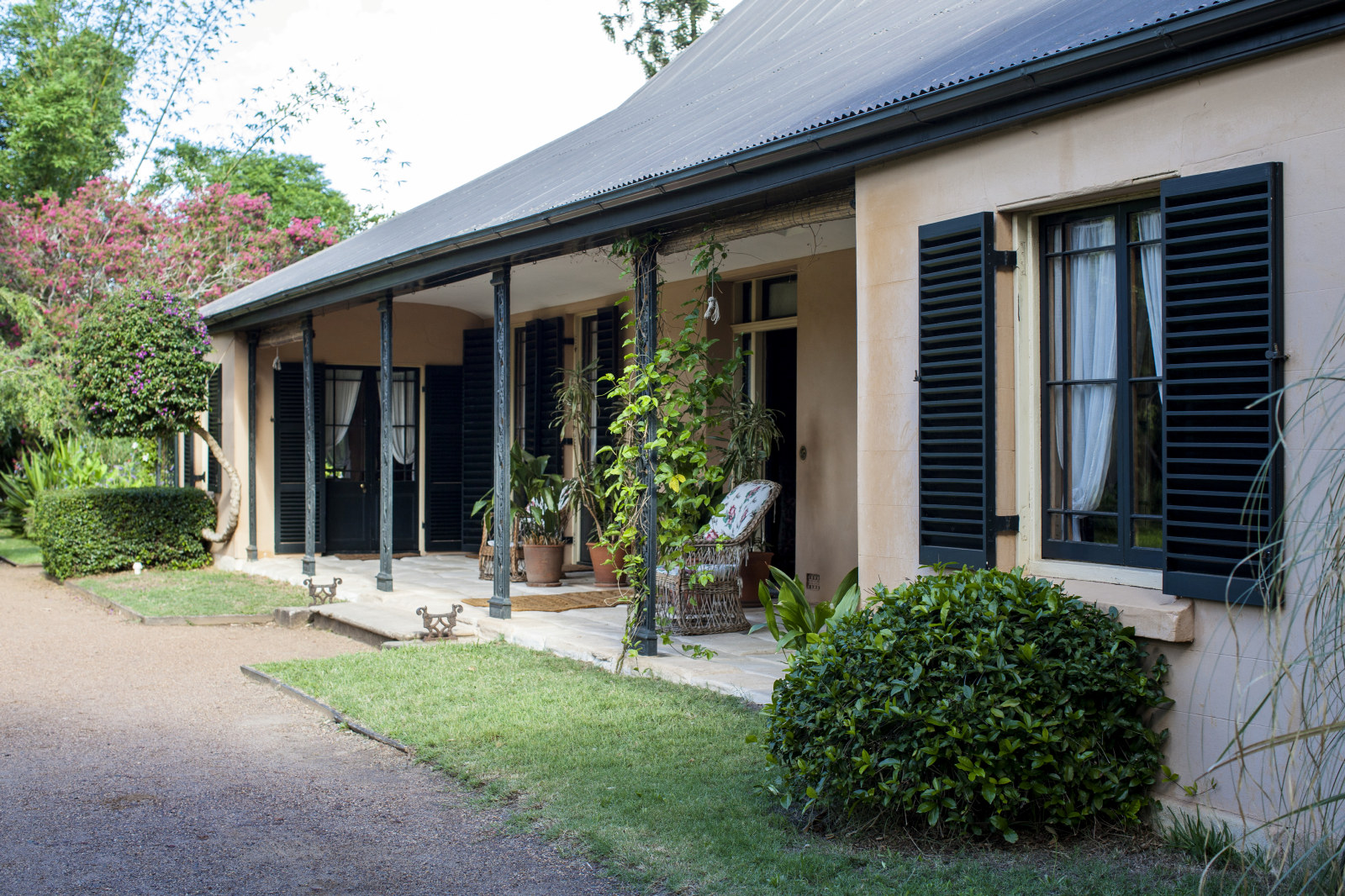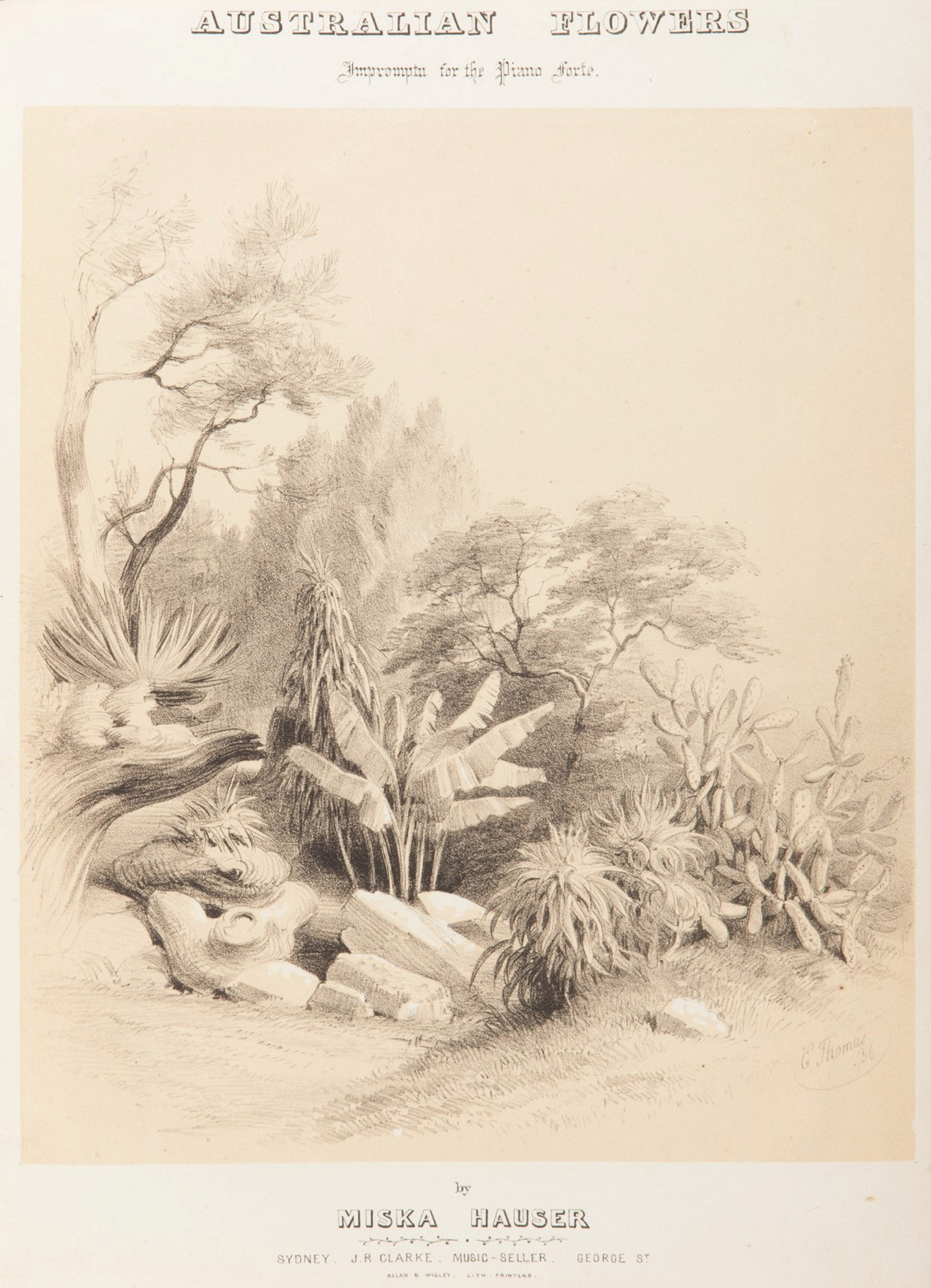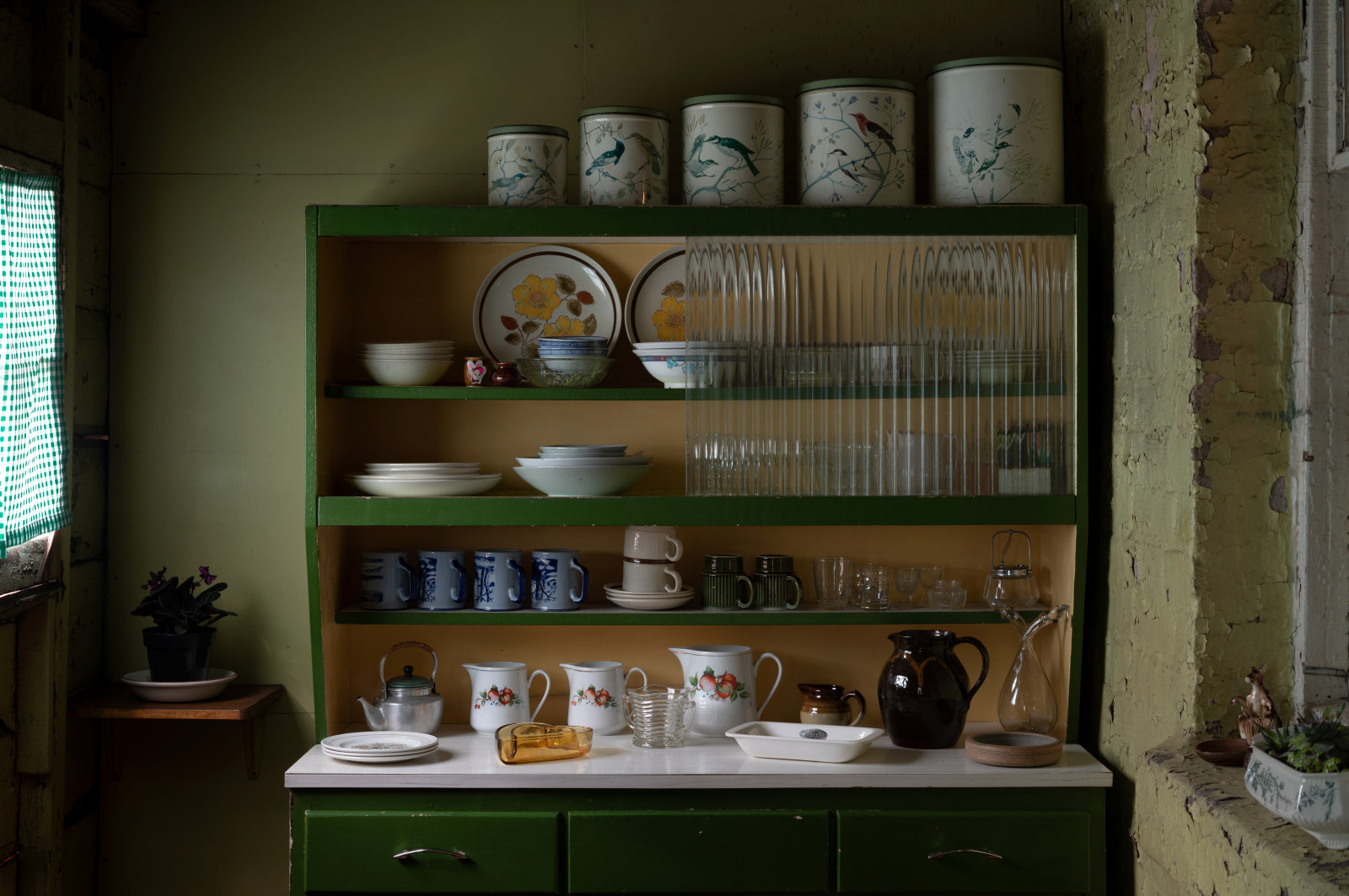Eight-hour day procession, 1915
The Labour Day public holiday is a day celebrating the eight-hour work day.
The eight-hour work day was a long time coming - a working day could be up to 16 hours a day and six days a week. Sydney stone masons won the first eight-hour day in the State in 1855 and celebrated with a victory dinner on 1 October. It wasn't until 1916 that it came into effect across all industries.
On Monday 4 October 1915, with Australia in the midst of war, Sydney-siders took to the streets in holiday mode. Newspapers described the day as being an "unclouded dome of blue" under which 90 trade and industry unions, about 250,000 people, marched through the streets.
This moving image (from NRS-20499) shows some of the crowds watching the processions in George St Sydney. In the background you can see St Andrews Cathedral, the Town Hall and huge crowds watching the eight-hour day procession passing up park street in from of the Queen Victoria building.
Published on
More stories
Browse all![Owner bound volume of assorted songs, in the collection of Rouse Hill House & Farm, 1850-1864. [music]](https://images.slm.com.au/fotoweb/embed/2023/10/615fb53b45ca4bfb8d979b01993be8c3.jpg)
‘Home! Sweet Home!’
It may come as a surprise that the expression ‘home, sweet home’ originates from a song title

'A most excellent brick house' Elizabeth Farm
Curator Dr Scott Hill explores some of the enduring mysteries buried in the architecture of Australia’s oldest surviving homestead

'Australian Flowers'
Given that much of the music played in Australia in the 19th century had been imported, one might ask what constituted an ‘Australian’ piece of music?

(Re)making a home
An evocative collection of household items belonging to the last tenants of Susannah Place